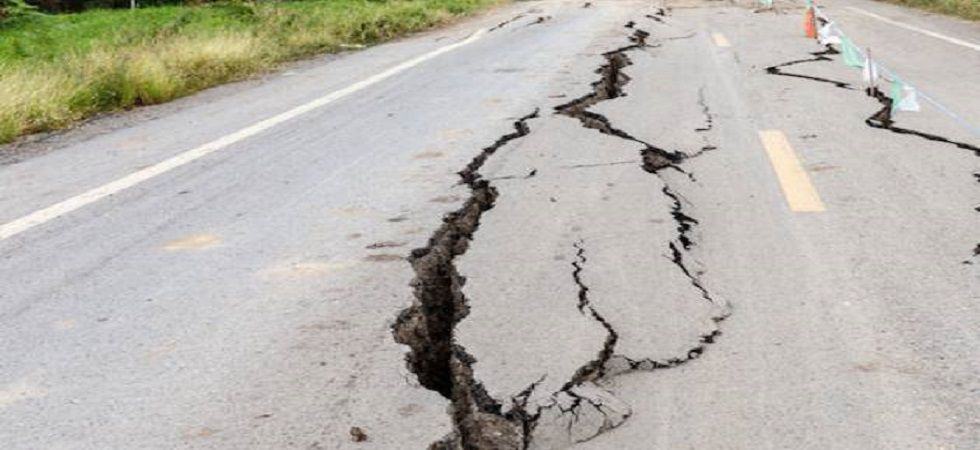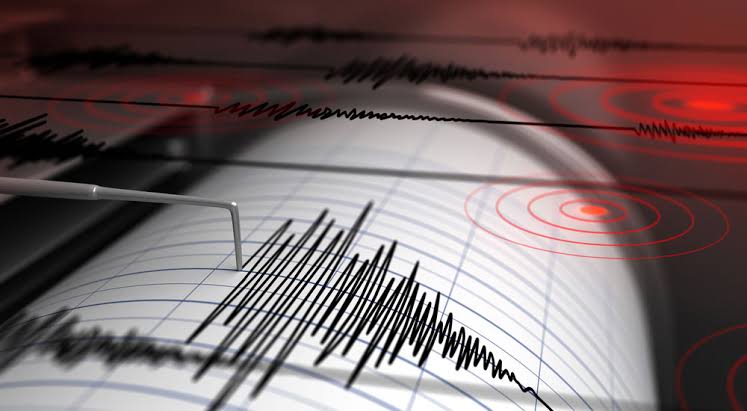A mild earthquake shook Kolkata and parts of West Bengal early Tuesday morning, briefly unsettling residents but causing no immediate damage. The tremor, measuring 5.1 on the Richter scale, originated in the Bay of Bengal at a depth of 91 km. The National Center for Seismology (NCS) reported that the quake struck at 6:10 a.m., with its epicenter near Puri, Odisha.
 Though the tremors were not severe, many residents in Kolkata woke up startled by the sudden jolt. Some took to social media to share their experiences, with posts describing the brief but noticeable shaking. One user wrote about receiving a Google Earthquake Alert just as the tremors began, while others speculated about the epicenter and its distance from the city. Hashtags related to the earthquake trended for a while as people checked on each other’s safety.
Though the tremors were not severe, many residents in Kolkata woke up startled by the sudden jolt. Some took to social media to share their experiences, with posts describing the brief but noticeable shaking. One user wrote about receiving a Google Earthquake Alert just as the tremors began, while others speculated about the epicenter and its distance from the city. Hashtags related to the earthquake trended for a while as people checked on each other’s safety.
Kolkata falls in Seismic Zone III, meaning it is at a moderate risk of earthquakes. While not as vulnerable as regions in the Himalayas or Northeast India, the city occasionally feels tremors due to seismic activity in nearby areas like Nepal or the Bay of Bengal. Earthquakes of this magnitude typically do not cause major damage, but they serve as reminders of the region’s vulnerability to natural forces.
In a separate incident, Himachal Pradesh’s Mandi district experienced a 3.7-magnitude earthquake on Sunday morning. The tremor, recorded at 8:42 a.m., had its epicenter near Kiargi in the Sundernagar area, at a depth of 7 km. While the earthquake caused no casualties or structural damage, it was felt across parts of the district. Mandi falls under Seismic Zone V, one of India’s most earthquake-prone areas, where even moderate tremors can be concerning.
While no serious consequences emerged from these recent earthquakes, they highlight the importance of preparedness in regions susceptible to seismic activity. For residents of Kolkata and Mandi, the tremors were a fleeting moment of unease, but they also served as a reminder to remain vigilant.




